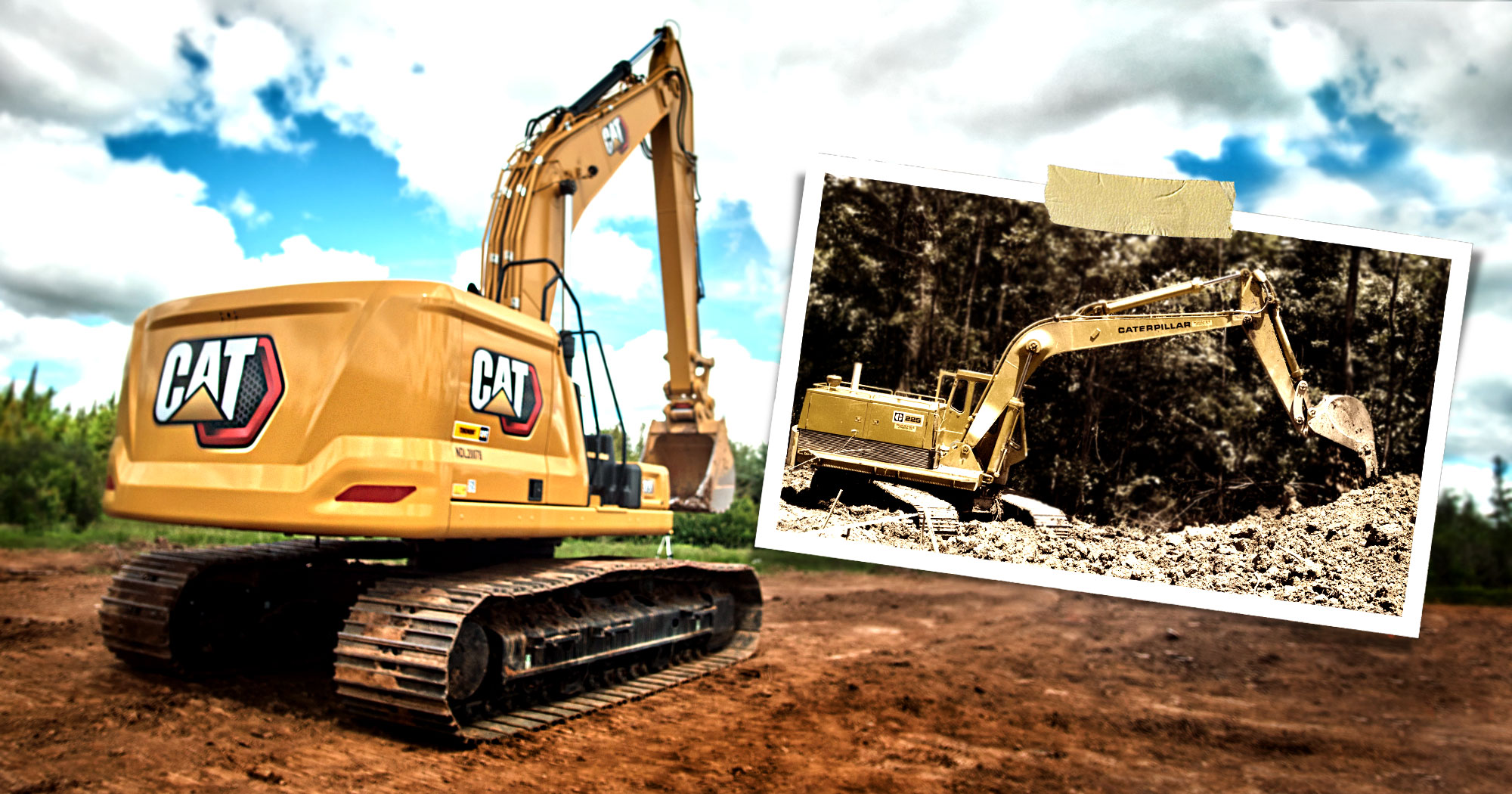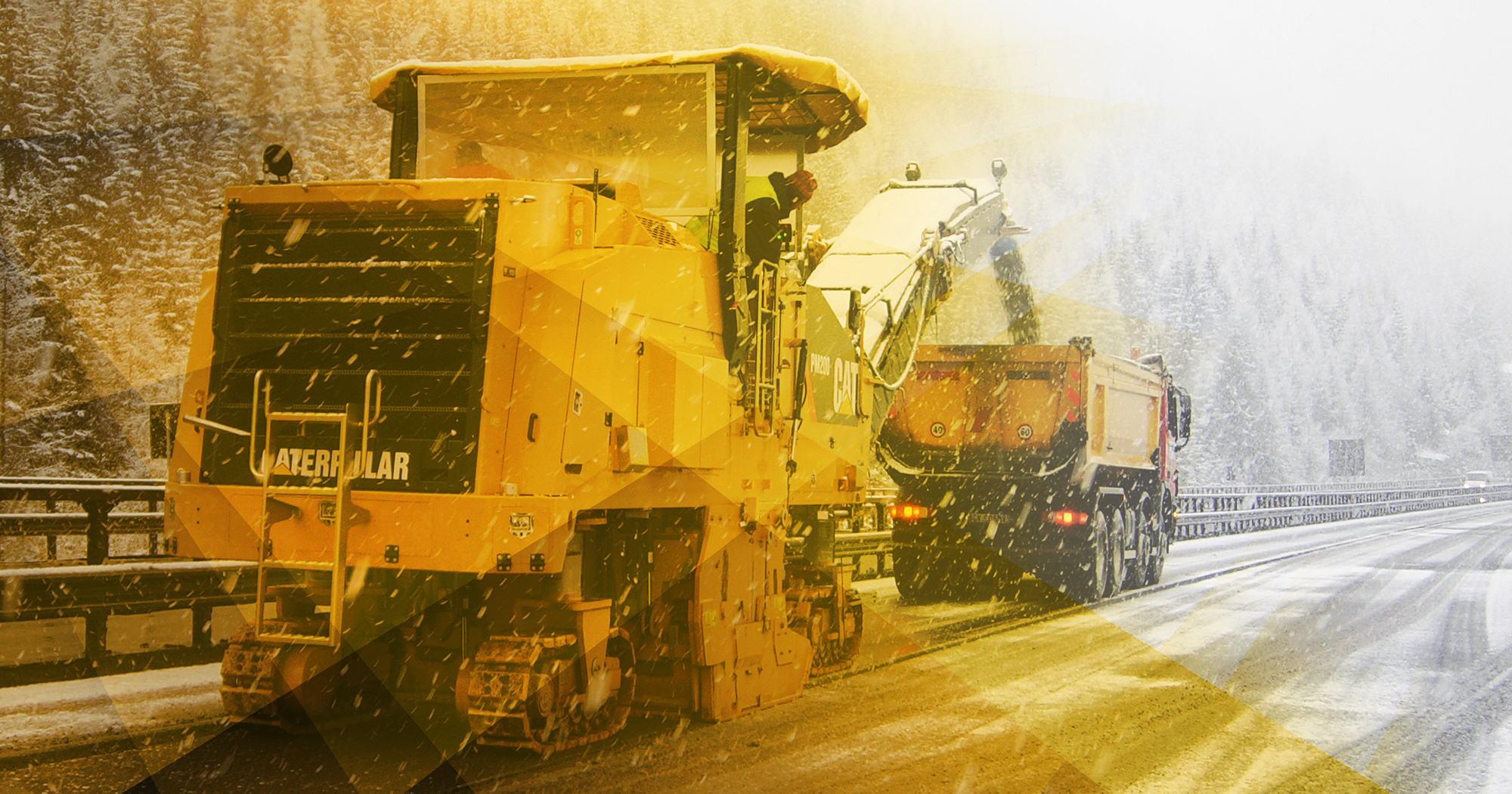
Pro tips on a territory with its share of challenges
With the accentuated demand for paving work over the past few months, all kinds of challenges have accumulated. Whether we’re talking about procurement or labour, the situation is evolving quickly and requires great responsiveness. In addition to the challenges that workers and contractors know in the South, there are several other factors in the North, and not just the wind chill factor. Ken Bellavance and Jefferson Sicard, both Toromont mechanics, tell us about their experience in the North Shore and James Bay regions.
Ken started his career at Hewitt in 2004 in Val-d’Or. After a few return trips between Baie-Comeau and Québec City, he returned to James Bay: “I worked on the Eastmain project in 2005 as a summer replacement. Then I joined the Eastmain 1A, Sarcelle, Rupert project from 2006 to 2009. Later I worked at the Romaine project branch from 2014 to 2016." He also worked for the KPH-Turcot Consortium from 2016 to 2020, so he can compare the issues contractors are dealing with, whether in Southern or Northern Québec.
Jefferson Sicard graduated in mechanics in 2001 and was trained at Toromont (formerly Hewitt) via the apprenticeship program. He then was an employee in Pointe-Claire and worked on a mandate in Fire Lake (Wabush) before serving in the Canadian Armed Forces as an infantryman from 2016 to 2021. So we can say he's familiar with hostile ground.
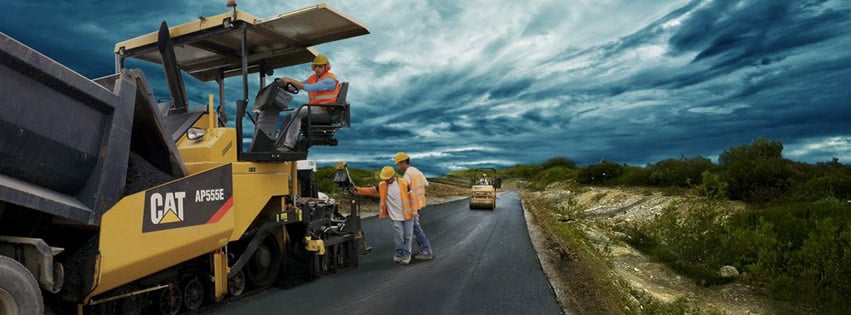
Q : What challenges did you have to face working in the Far North?
K.B. : The main challenge was the remoteness, of course. However, we had good transportation agreements with daily deliveries, which helped a lot. But often, when dealing wit urgent requests, we had to be imaginative and resourceful to respond to the customers’ and technicians’ requests to get the machines operating again. That’s what makes me strong now.
J.S. : The cold. Everything is more complicated with the cold. The engines are hard to start, some tools become more brittle, the compressor hoses freeze and force us to work harder physically without access to compressed air. Being able to take a break in a heated place becomes the finest thing that can happen during the day. Snow from the end of August to the beginning of June is demoralizing for a shivery guy like me.
Q : What does a typical day look like up there?
K. B. : A typical day starts in the morning around 6:30 a.m. making coffee. (Laughs) No kidding, we started first by discussing with the technicians to find out what they needed for the day. We processed the orders placed overnight via the Internet or by email, and sometimes we answered customers who were already waiting at the door to have hoses made for them or to obtain rush parts. Then, during the day, I took care of different requests, whether internal or from customers. This involved processing parts under warranty, old hoses for exchange (inspection and credit), credits for parts from customers or technicians, building maintenance, such as snow removal in the yard), filling the tanks for running water, receiving and shipping machines, selling parts to customers, ordering parts, follow-up on parts on back order, picking up parts at the airport, if applicable, sometimes delivering parts to customers, processing warranty claims, managing parts inventories to respond to customer requests as best we can because we’re very far away. In short, I was a branch all on my own, which allowed me to acquire great experience and good contacts.
J. S. : I got up early to go start my truck so I would have heating and lukewarm tools, and I went to the kitchen trailer to have my breakfast day after day. Then a meeting on the ready-line as soon as the night shift brought back the equipment to study breakdowns that happened overnight and reinspect all the equipment before the day shift. I resolved the immediate emergencies in order of priority of the primary machines and then I continued the repairs in progress under a fabric dome. What was important was communication between me and the customer so that the machines could have a maximum rate of availability and use.
Q : What did you like the most during these mandates?
K. B. : What I liked the most in these projects are the bonds of friendship and camaraderie. We were a group that practically lived together 24 hours a day. We also had to develop our resourcefulness about everything because these projects required us to be very versatile. I loved my FLY IN/FLY OUT experience. Sometimes the time passed slowly, of course, but it was never too much because we were a team with solidarity. We could count on each other and, frankly, who doesn’t want a job that pays a good salary with at least one week of vacation per month?
J. S. : Finding myself in a world where everything is oversized. The equipment is oversized, the means used are oversized and what we accomplish is oversized in itself, sometimes even with the little we can find in the remote regions.
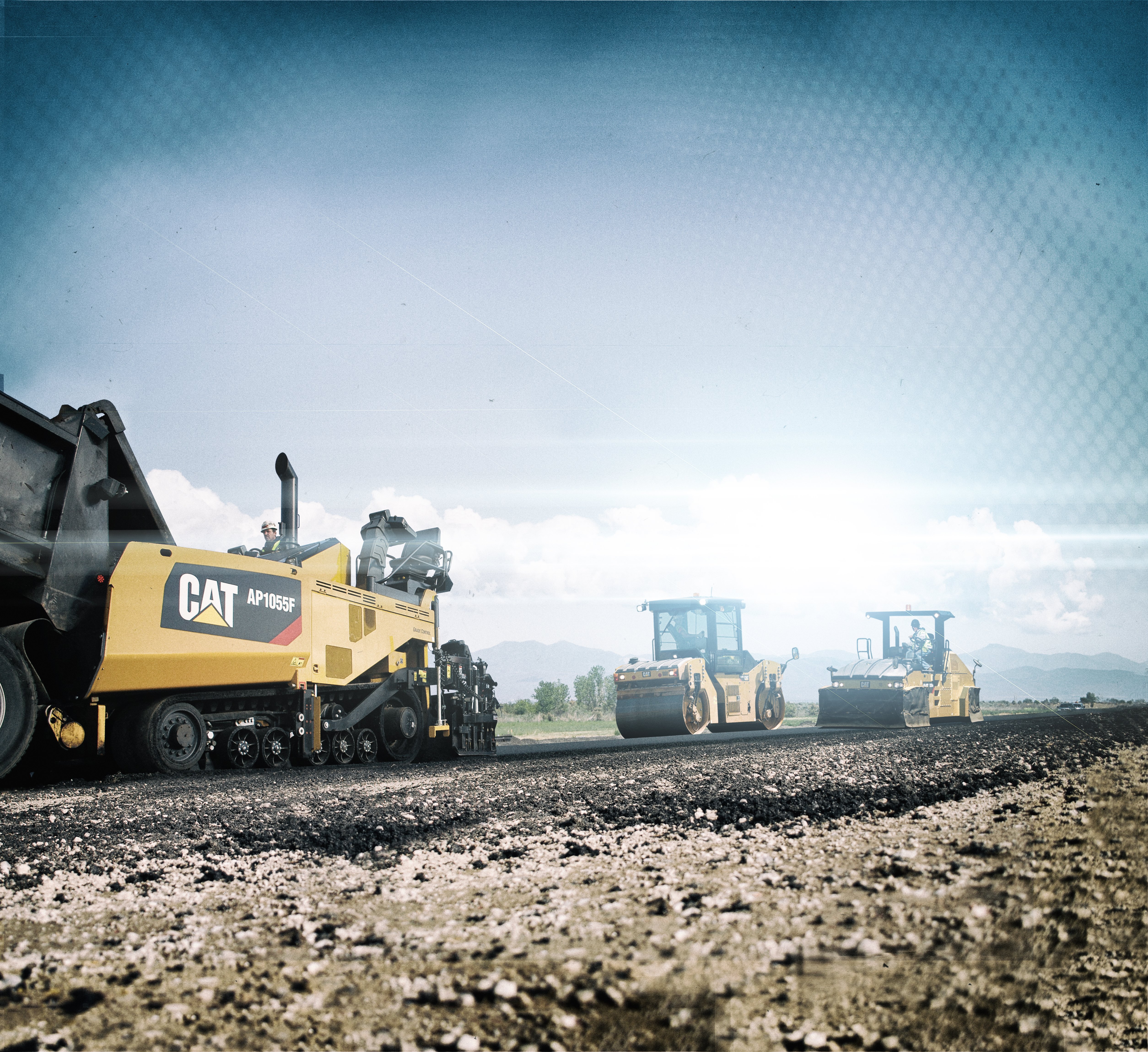
Q : How is the paving industry doing at present?
K. B. : The paving industry is currently being called on to make a major contribution to the economic recovery in the wake of COVID. Our roads and infrastructures are already heavily damaged and there is strong demand. However, one of our biggest challenges, regardless of the supplier, is procurement, whether for machines or parts. COVID created delays in everything and it's difficult to get control. I hate blaming the pandemic, but this ordeal certainly revealed the deficiencies of the different procurement systems. For Québec, the industry is experiencing strong demand and its biggest problem is the labour shortage. This is also very hard and seasonal work. We often must work when it's very hot, in addition to the heat of the asphalt, and the hours are sometimes long. To this add the changing schedule due to the weather. So it isn’t easy to recruit new employees.
Q : Can you tell me about the role of technology in the paving industry?
K. B. : Technology is very present in this field, especially when we talk abut paving for highways and airports. The requirements are very strict with the goal of being able to guarantee an optimum lifecycle for the infrastructures in order to lower the costs of ownership and maintenance and ensure optimum safety for the users. Whether by profiling the pavement during planing (3D) or laying asphalt in 3D, with the Big Sonic Ski profile monitoring sensors, which ensure the asphalt is laid as flat as possible, thermography for paving at an optimum temperature to compact at the right temperature and optimize the structure’s lifecycle. We mustn’t forget the compactors, which are also equipped with surface temperature sensors to read the asphalt temperature, pass tracking monitors to tell the operator where he has rolled and how many times, if he has gone over the same place or not to forget to pass at a specific place. There is also the CMV gauge, which measures the rebound of the machine on a compacted surface to avoid too much compacting, which would break the aggregates in the asphalt and cause a reduction of surface longevity, resulting in higher maintenance costs and more expensive pavement repair.
J. S. : I would tend to say the role of technology is increasing, but it would be wiser to say that it’s increasingly available to us. It's prudent to say it's there, in every sphere of paving, but I consider it has been underused, either due to a lack of knowledge, ignorance of the existence of a specific technology, or often because the years of experience of the paving crews tend to dictate how they do things.
Q : What advice would you give to customers so they can prepare their job site better?
K. B. : In my opinion, the first thing to consider is after-sales service. It's one thing to purchase equipment, but even if you have the best equipment in the world, when you need support, whether in availability of parts, technicians, technical advice or support on a job site at the customers’ request, the machine will only be as reliable as the supplier's service. Fortunately, the customer service we’re able to provide is among the best in the industry. This is what makes us stand out, in my opinion. When a customer calls, regardless of the scope and complexity of the work, we can always travel and assist him. This is our strength.
J. S. : One of the biggest constraints in our customers’ work is probably managing costs after obtaining a contract. In all my experience with heavy equipment, I’ve never seen an angry customer if everything went perfectly within the prescribed deadlines. However, if a grade has to be redone, if a base is too soft, if there's an unexpected breakdown, if a machine is down, if parts are discontinued or unavailable, if the asphalt mix is poor, if the pump on the adhesive truck doesn’t work, if an asphalt planer is out of service, and so on, all these factors are variable and uncontrollable. I believe it’s our role as a Cat dealer to help the customers convert them into invariable and controllable factors. By maintaining good relations with our road builders, to support them and help them use the technology in place for grading, so that the operators maximize compaction, and so that the state of health of the machines is known and the equipment is maintained during the right periods with the parts available according to the projections of the needs. To summarize, a healthy machinery fleet greatly minimizes uncontrollable situations.



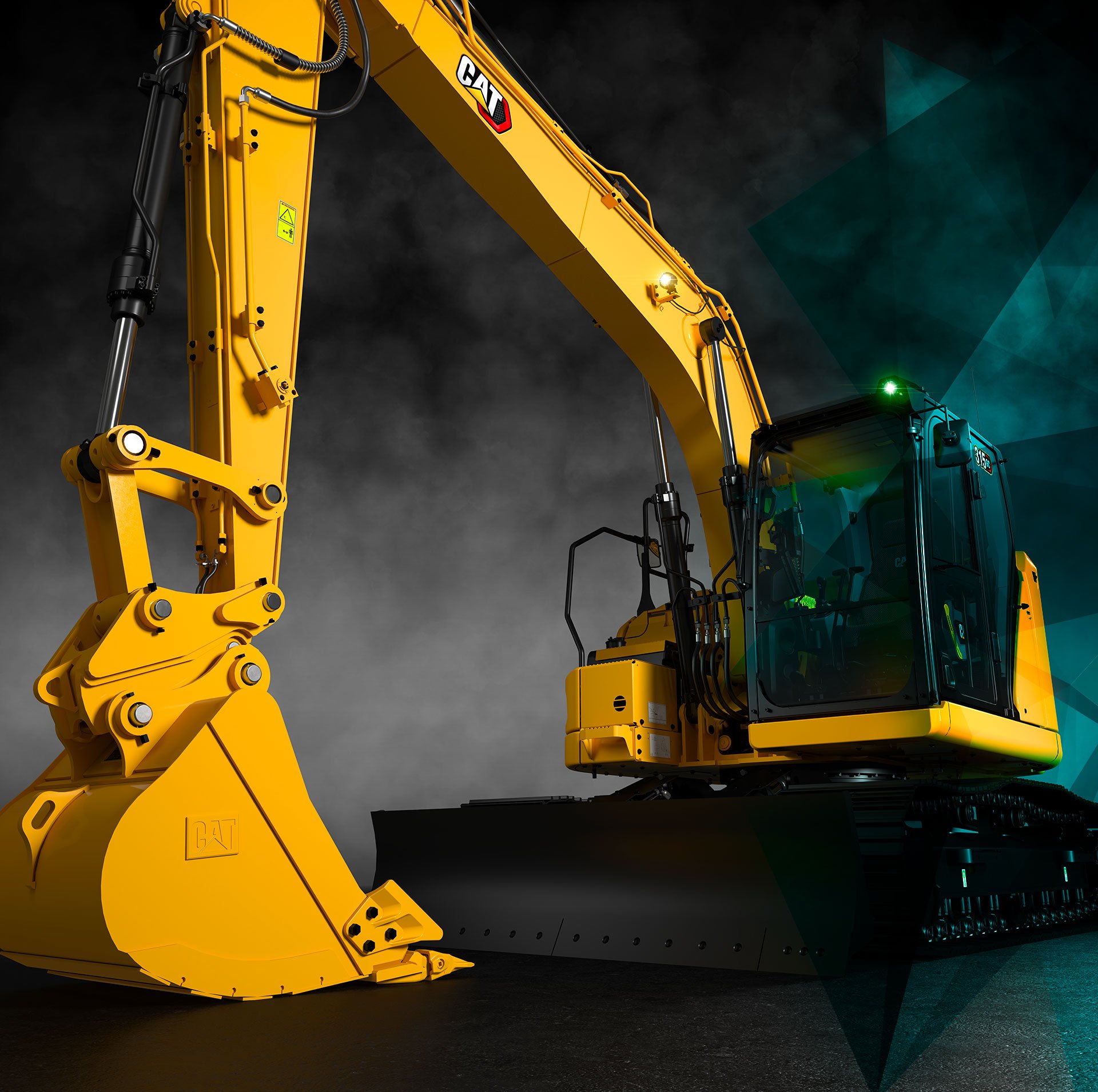
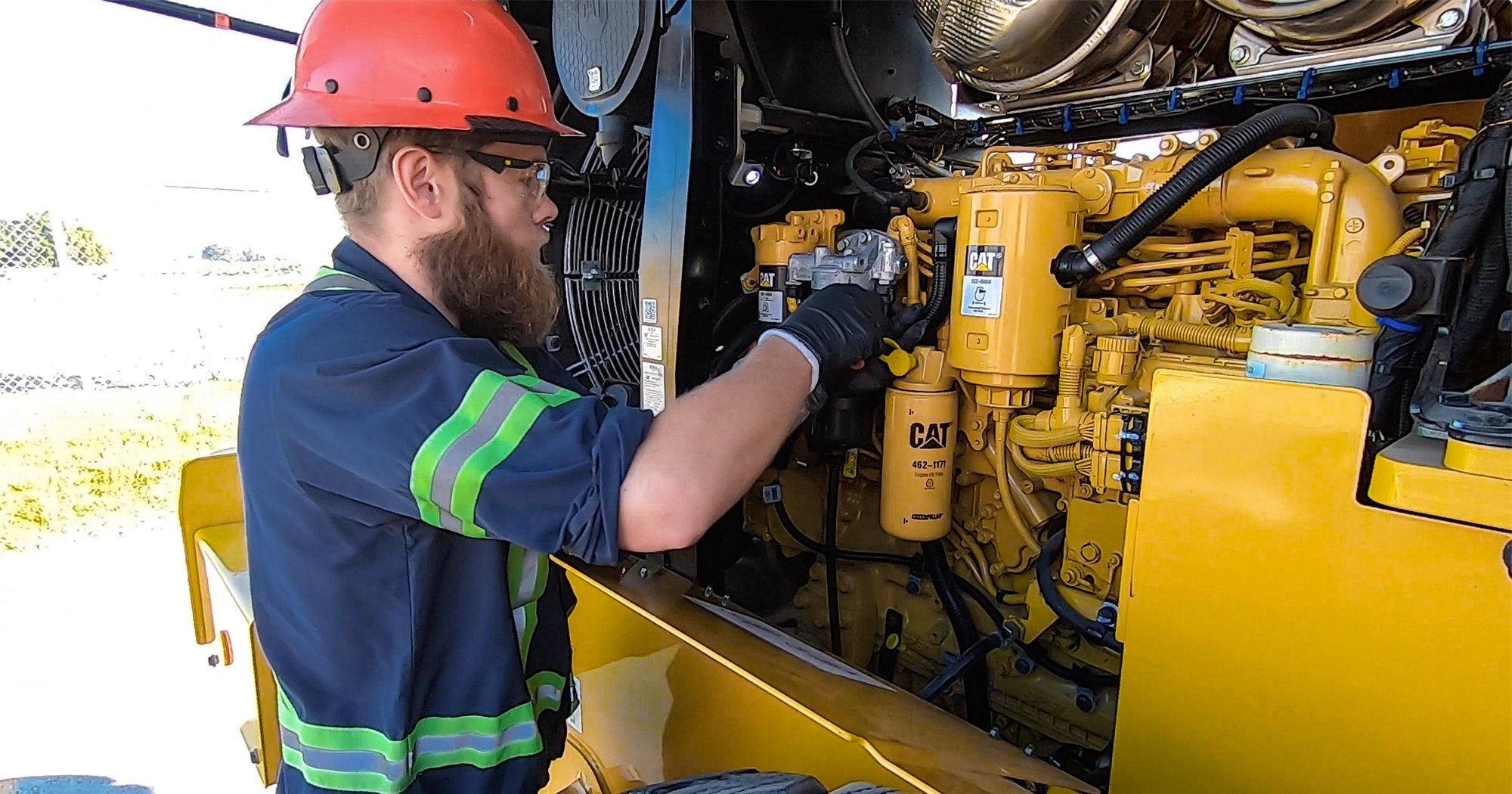

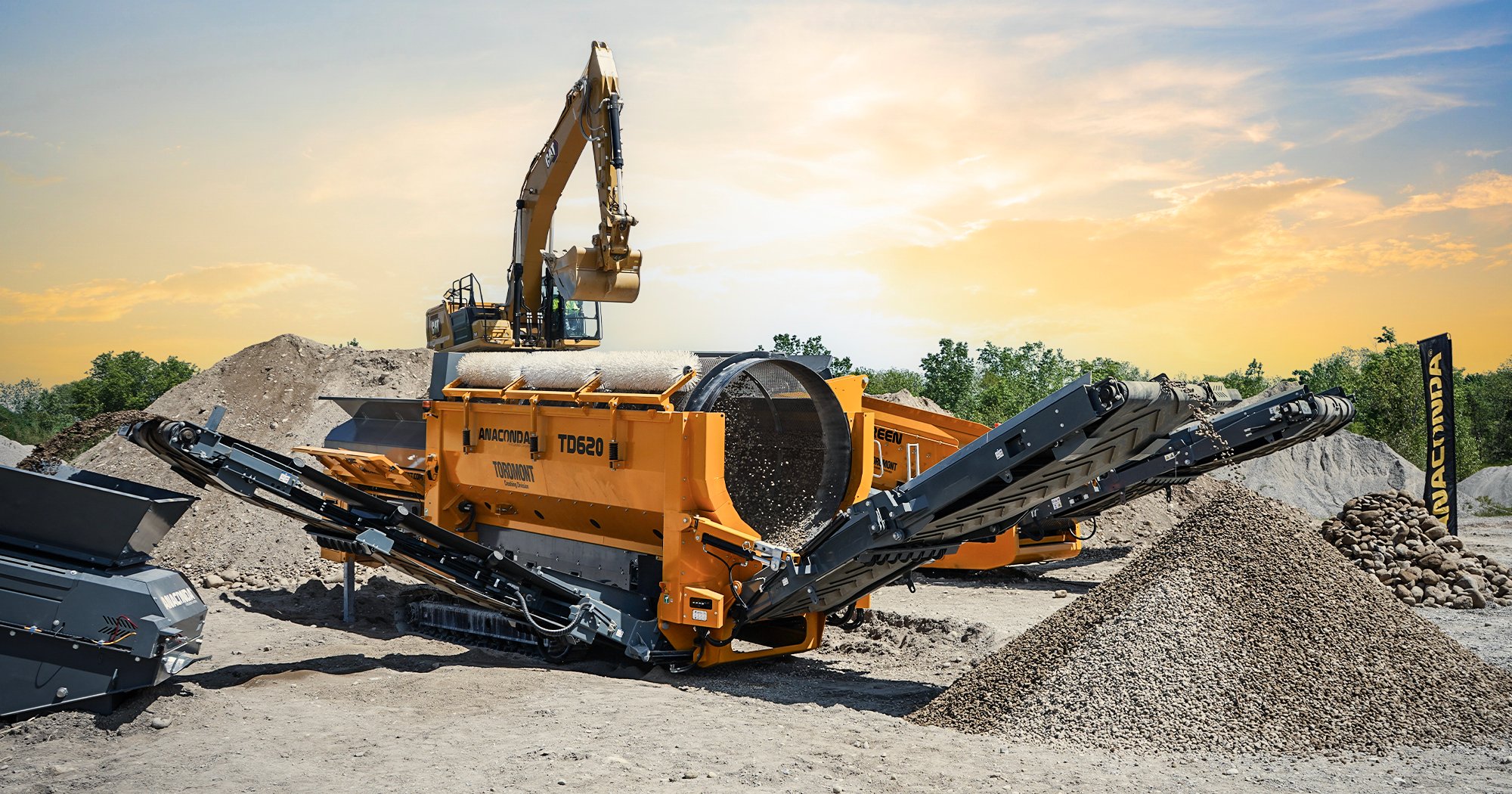

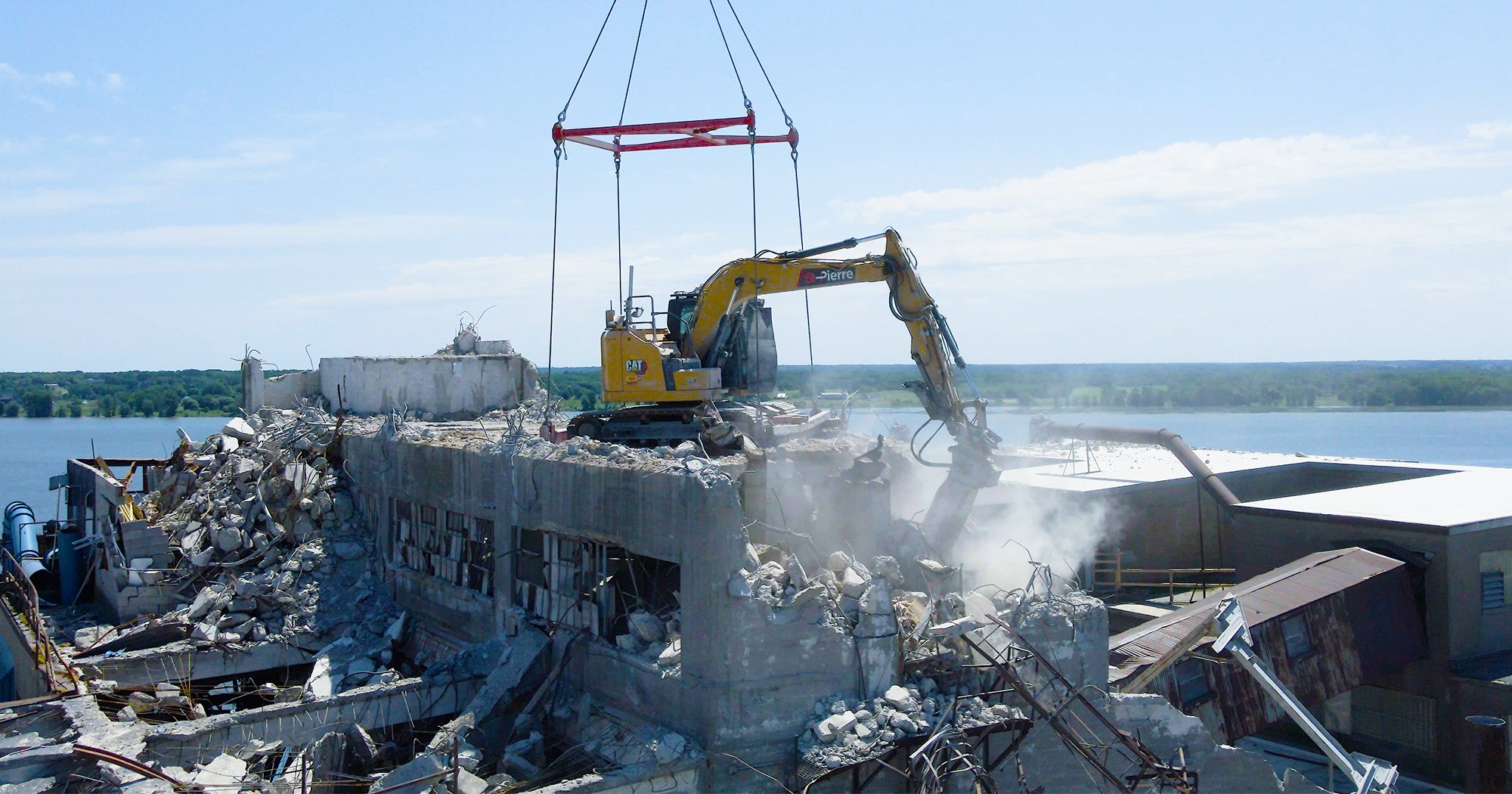
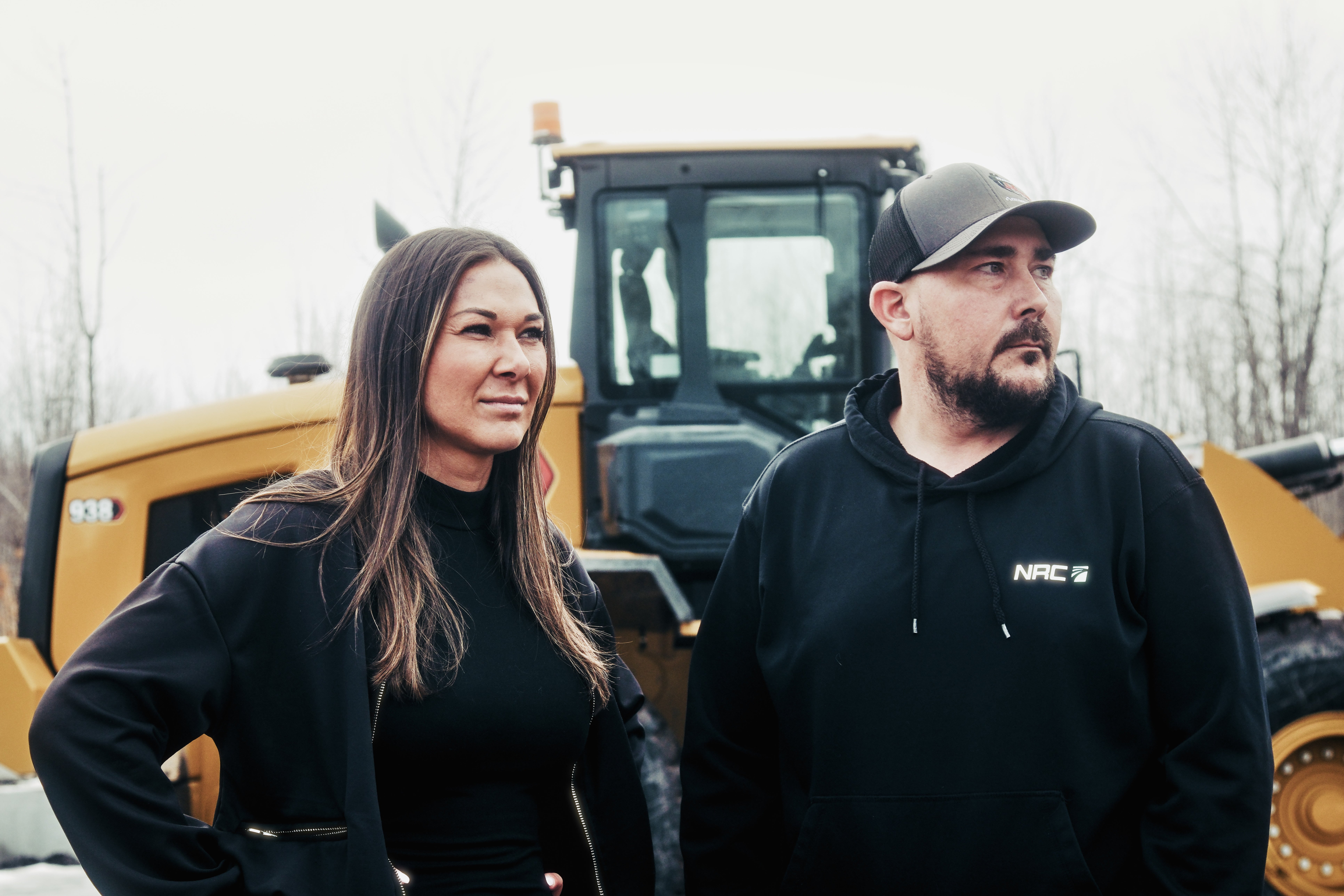
.png)
